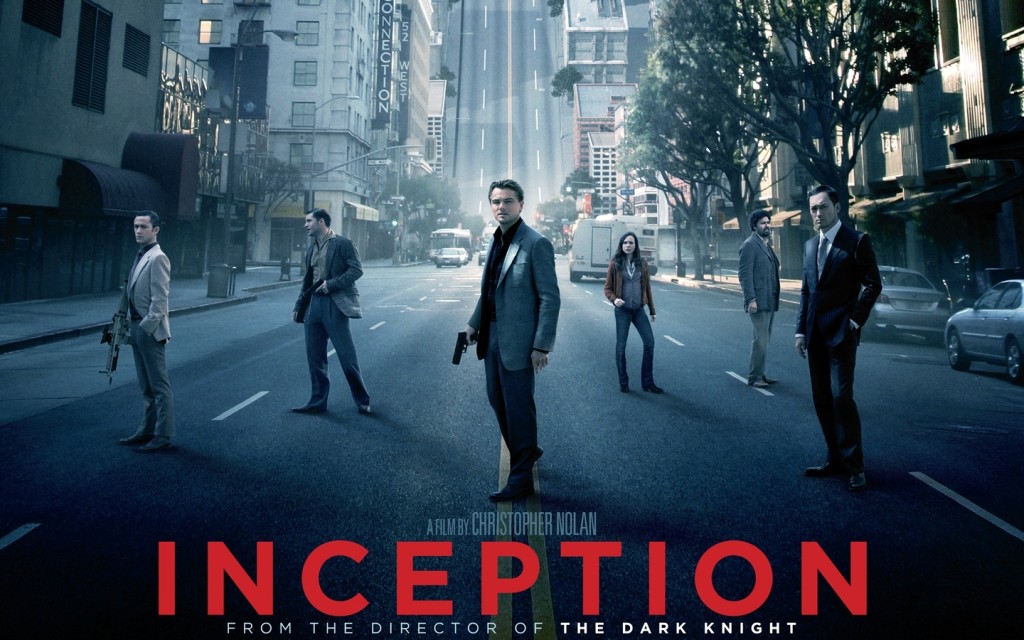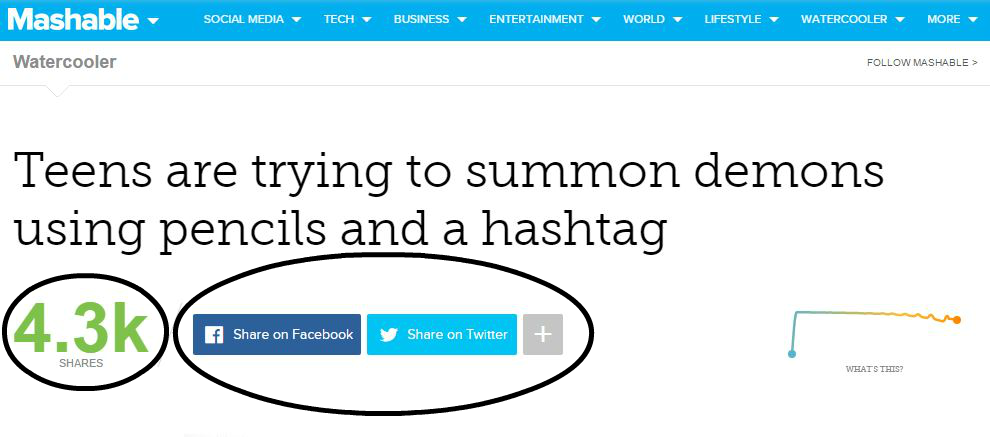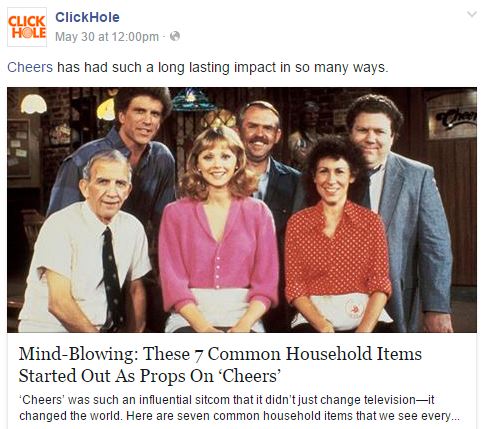Want to pull an Inception on your audience? Well, we’re about to get all Christopher Nolan up in here, homies.
I’m not just talking about letting Leonardo DiCaprio enter your mind, I’m talking about something even cooler: the persuasive power of psychology. To help you turn your social media campaigns into the stuff that ~*dreams*~ are made of, I’ve put together a breakdown of some of the most fascinating psychological hacks out there and how they can help you become a better digital marketer.
Social Proof
Remember when all the cool kids were doing that thing and it made you want to do it too? That’s Social Proof in action. Whether it was skinny jeans, baggy jeans, or some sort of denim composition that hasn’t even been explored yet, social proof has been affecting the way you think for pretty much your whole life.
This phenomenon is based on the idea that people will look to those around them for guidance when they’re unsure of how to behave in a given situation. For some reason, humans believe that when they don’t know what’s going on, the people around them somehow do (which coincidentally also explains square dancing).
So how do you apply Social Proof to social media? Engaging with your community, sharing customer reviews, adding personal touches to ads, and installing social widgets on your site’s posts are all fantastic ways to show people that it’s okay to love your brand because random strangers loved it first.
Amplification Hypothesis
No, I’m not talking about the amplifiers used by heavy metal acts like Sam Smith and Usher Raymond, I’m talking about Amplification Hypothesis – the psychological theory! Basically, Amplification Hypothesis states that when you say something with certainty to your audience, it’ll strengthen their view point (even if it’s an opposing view). However, if you express something with a bit of uncertainty, it makes it easier to persuade someone over to your side.
To make use of Amplification Hypothesis in your social media campaigns, you need to first understand your audience and who your ideal customers are. Once you figure out who you’re trying to reach and how they might position themselves on issues, you’ll know the best way to convince them that you’re right.
Let’s say you’re a brewery and you’re sharing an article about how drinking beer regularly is crucial to a healthy lifestyle. Want to please your current followers? Reinforce their beliefs with a super positive caption like: Good news! A pint a day does keep the doctor away. Trying to attract some new fans that might not be hardcore beer lovers? Go with something a little less certain like: Could drinking beer be the key to a healthier lifestyle?
The Baader-Meinhof Phenomenon
Also known as the Frequency Illusion, the Baader-Meinhof Phenomenon refers to that feeling you have when you learn something new and then start seeing it everywhere. Just watch, you’ll probably start seeing “Baader-Meinhof Phenomenon” all over the place now.
The best way to use the Baader-Meinhof Phenomenon to your benefit is by running Facebook retargeting ads. All you have to do is drop a tracking pixel on your website to capture your site’s visitors and then you’ll be able to serve tailored ads right to their Facebook feeds.
Now, all this pixel talk might sound intimidating; you might be thinking: “This isn’t ReBoot, this is real life!” (as I often do). Here’s what tracking pixels mean for your company: imagine visitors to your site keep browsing, but never converting. With retargeting, you’ll be able to follow them around on social media and keep showing them your product over and over again in personalized ways. Pretty soon, they’ll start to think: “I see that product everywhere! Damn, that product MUST be cool” and you’ll be raking in the conversions.
The Information Gap Theory
Ever wonder why some of the best blog titles out there frustrate the hell out of you, but you click them anyway? That’s because they’re appealing to one of the strongest forces out there: human curiosity.
Whether it’s led us to invent the wheel, discover new planets, or find out which GIF of Madonna kissing Drake best describes a hypothetical Friends reunion, the Information Gap Theory is a powerful resource just waiting to boost your social media campaigns.
The main takeaway here? Don’t show all of your cards. If you’re trying to push people from your social media channels back to your website, you need to create some excitement by leaving something unknown. Challenge your audience’s perceptions and promise that the answer lies just after the jump – but be sure to deliver on those promises.
Mere Exposure Effect
You know how the big brands keep letting you down, but you find yourself going back to them anyway? That’s probably due to the Mere Exposure Effect Theory AKA people like stuff because they’re familiar with it.
So how can you possibly compete with the big names out there? You just need to get yourself on the playing field and establish your brand as a trustworthy expert in your industry. This means using all of the social media platforms that are relevant to your audience and putting out consistent, quality content that informs and entertains your potential customers.
Once your audience gets to know you better and you build up a level of trust, the Mere Exposure Effect will transform them from strangers to diehard fans before you know it.
Want to get your social media presence on fleek? Talk to us. We’re here for you.





